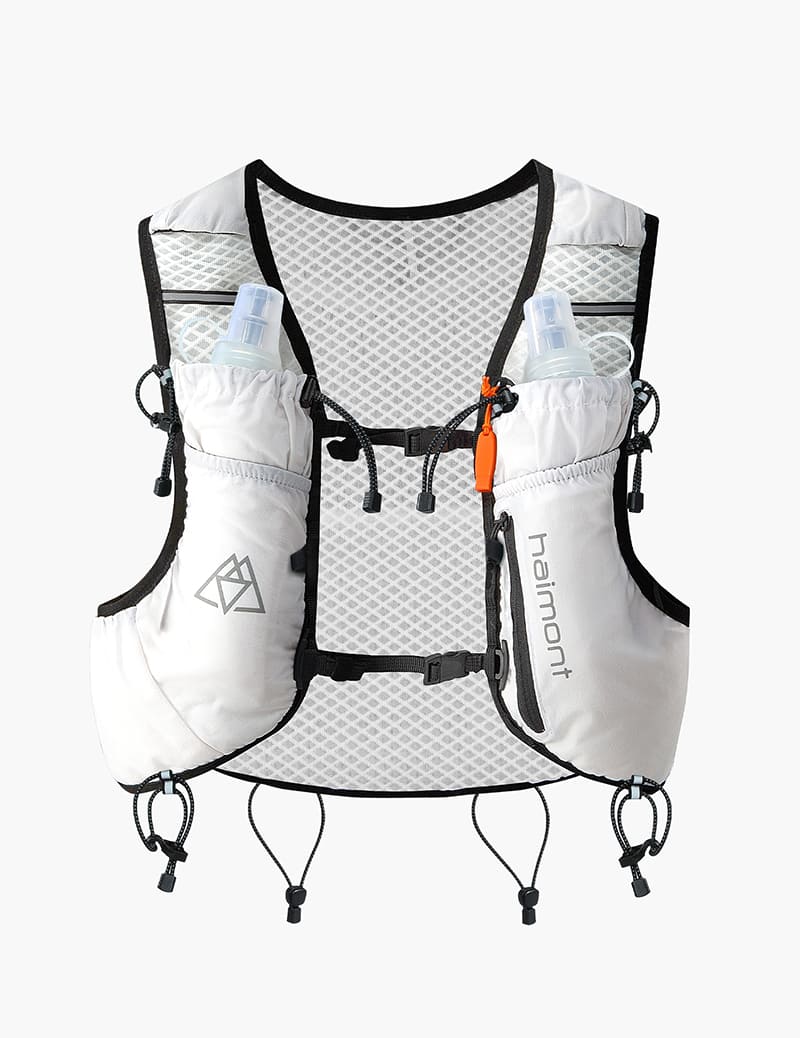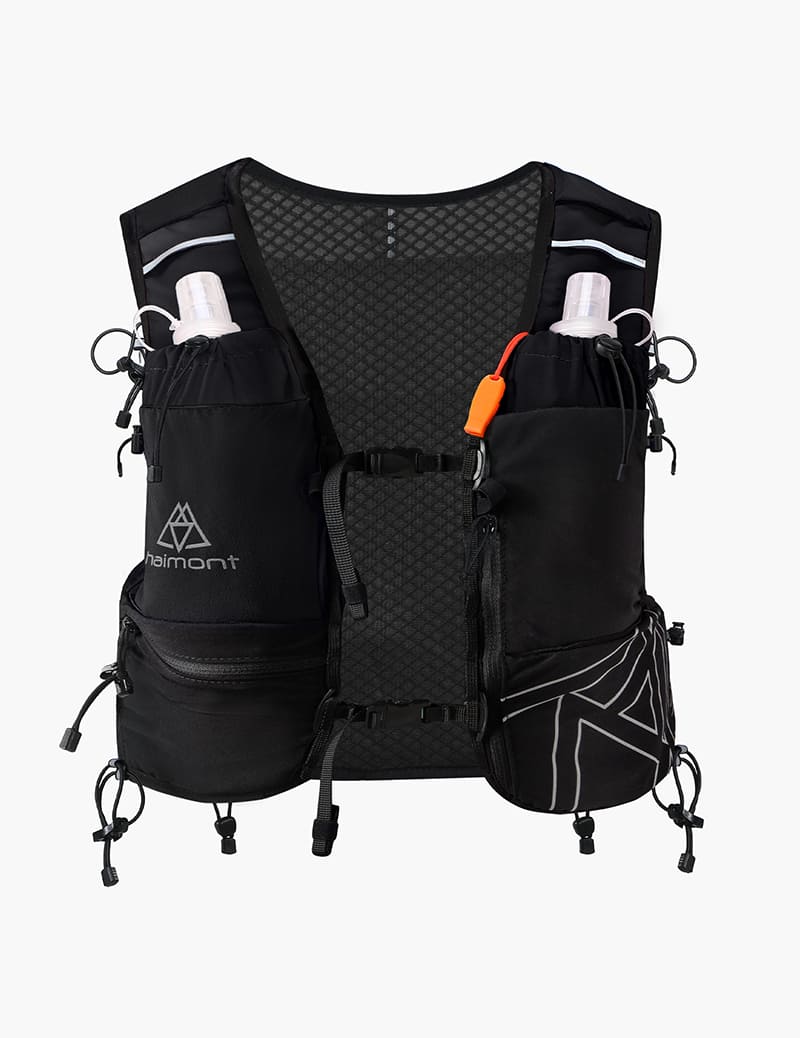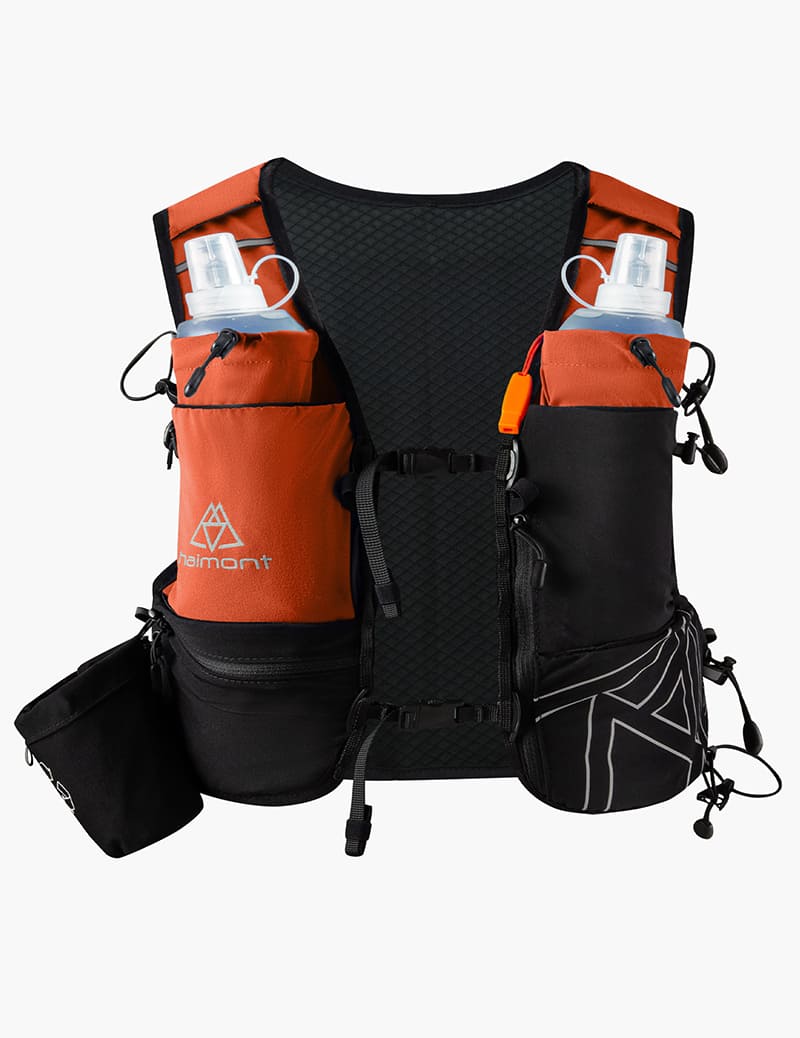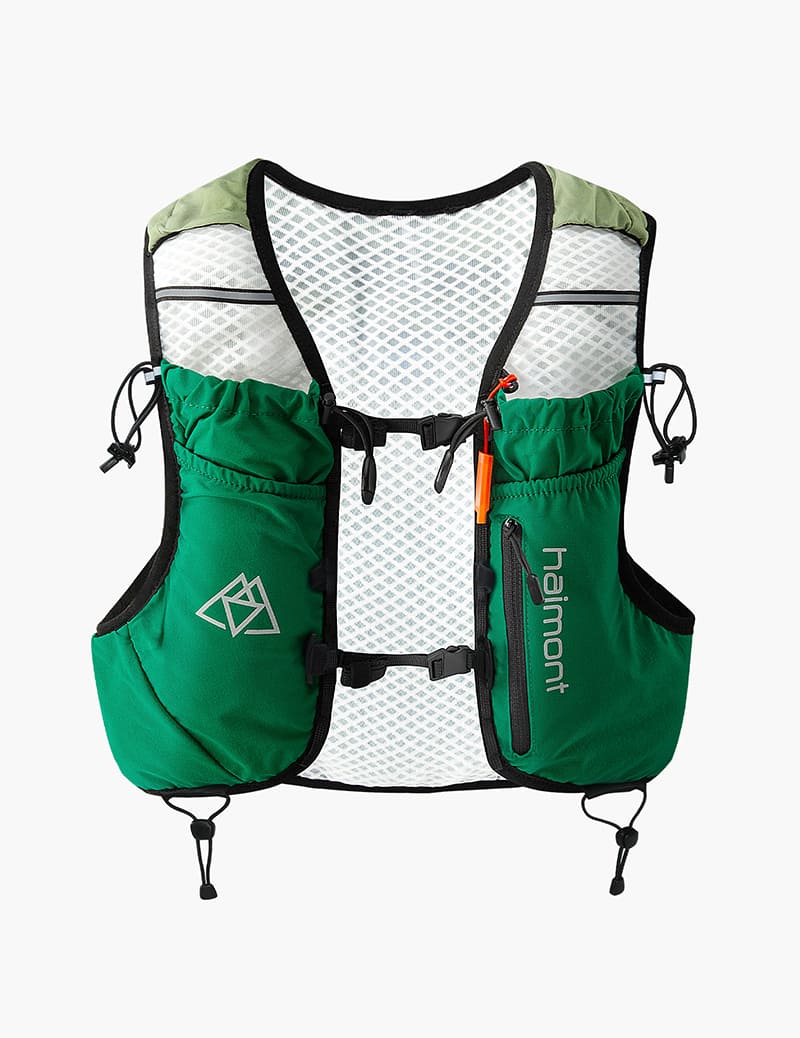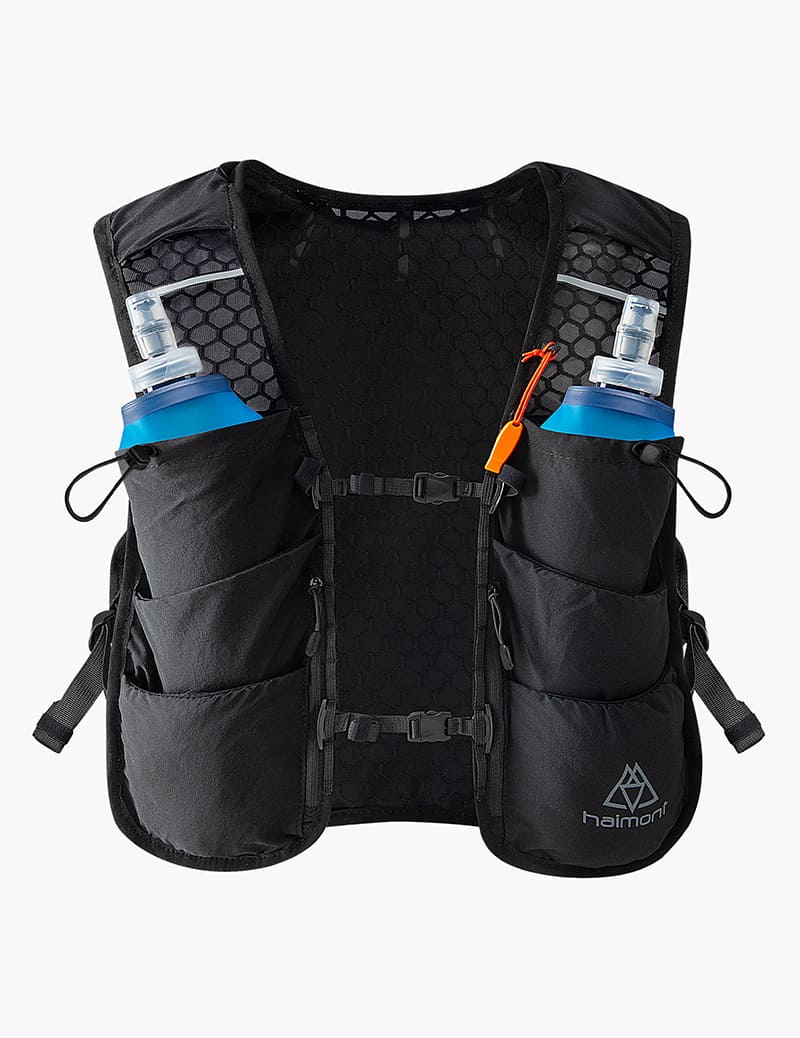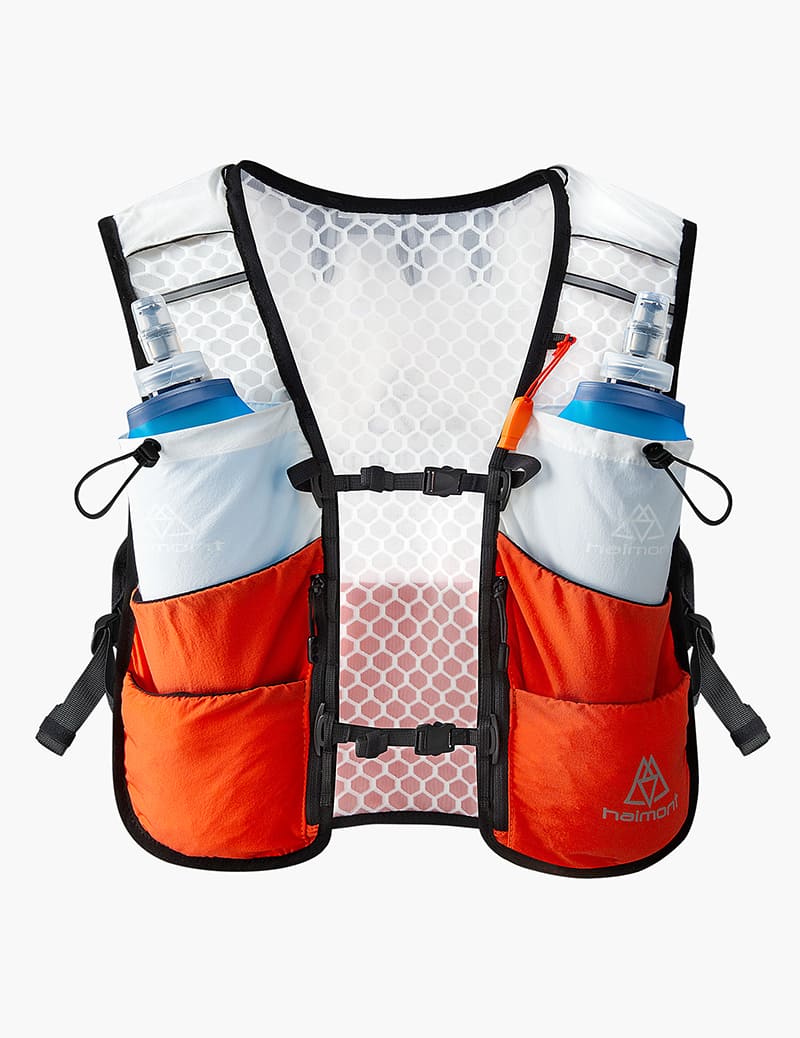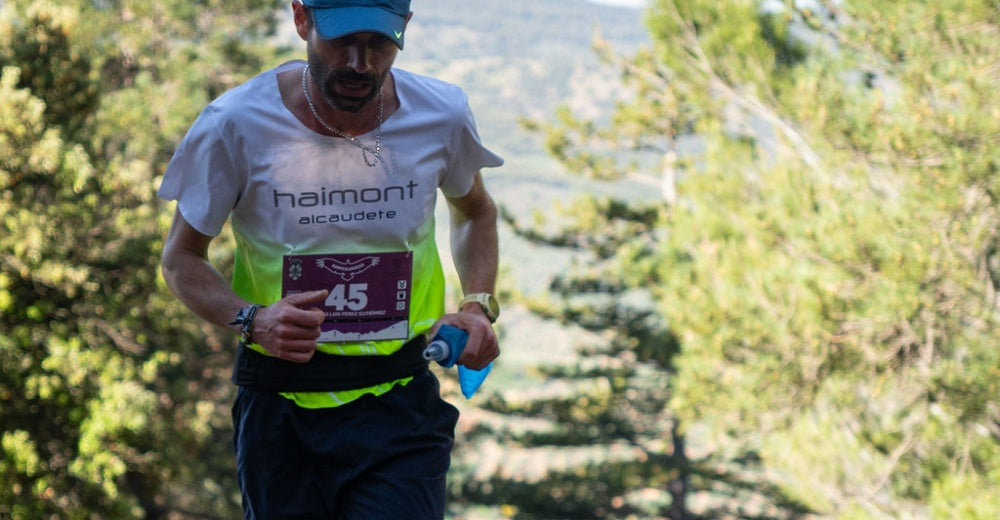Trail running at night is an exhilarating and challenging activity. However, compared to running during the day, night trail running requires more preparation and attention to detail. Here are 9 tips to keep in mind when embarking on a night trail running adventure:
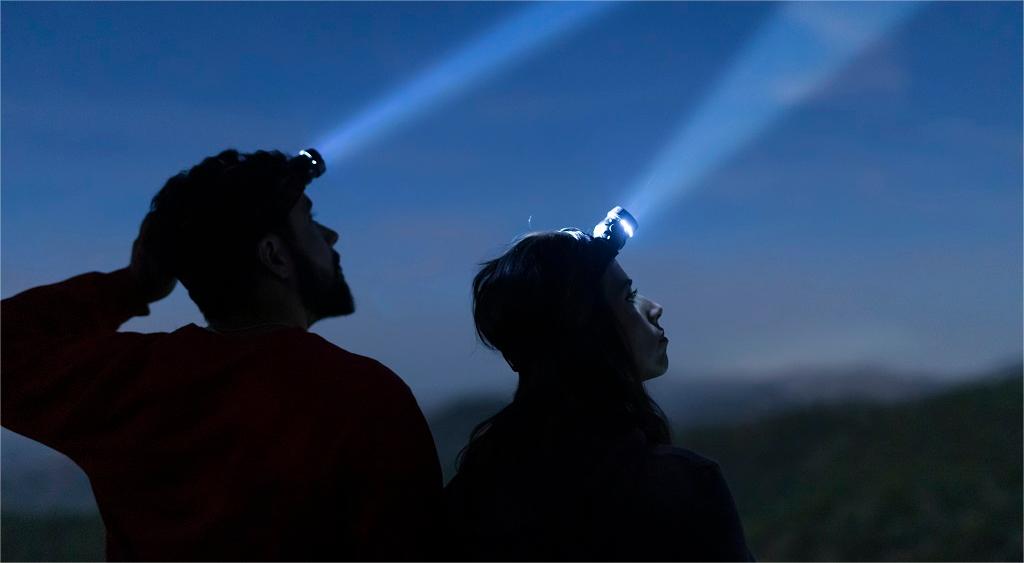
- Monitor the Weather: Stay updated on the weather forecast for the night. Avoid night trail running in adverse weather conditions such as thunderstorms or heavy fog.
- Carry Lighting Equipment: Bring sufficient lighting equipment such as a headlamp, flashlight, or reflective gear. Ensure these devices are charged, and carry spare batteries.
- Wear Proper Gear: Dress in attire and footwear suitable for night running. Clothing and shoes with reflective materials can enhance visibility and reduce the risk of accidents.
- Adjust Your Pace: Due to reduced visibility, it's advisable to adjust your stride and speed during night running. Maintaining a relatively slower pace allows for better responsiveness to sudden obstacles.
- Water and Food: Ensure you carry an ample supply of water and some easily digestible snacks to maintain hydration and energy levels.
- Pack a First Aid Kit: Carry basic first aid supplies in your backpack, such as adhesive bandages, bandages, and antiseptics, to address minor injuries if needed.
- Avoid Solo Runs: Try to avoid running alone, especially in unfamiliar environments. If possible, run with other runners for added safety.
- Watch for Wildlife: Wildlife encounters may occur during night running. Maintain a safe distance and avoid disturbing their habitats.
- Plan Rest Stops: If planning for a longer night trail run, map out rest stops in advance for hydration and rest breaks.
In summary, night trail running offers a thrilling experience, but it requires adequate preparation and safety precautions. By following these tips, you can minimize risks and maximize enjoyment during your night trail running adventures.







